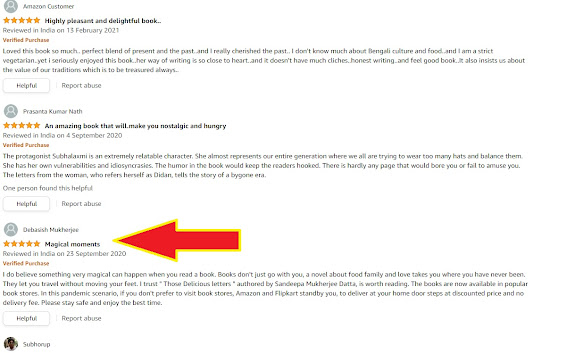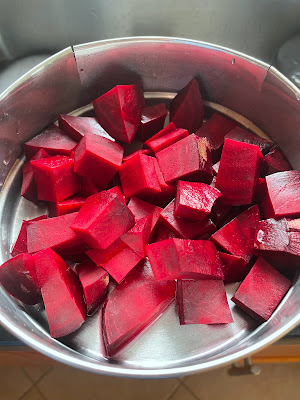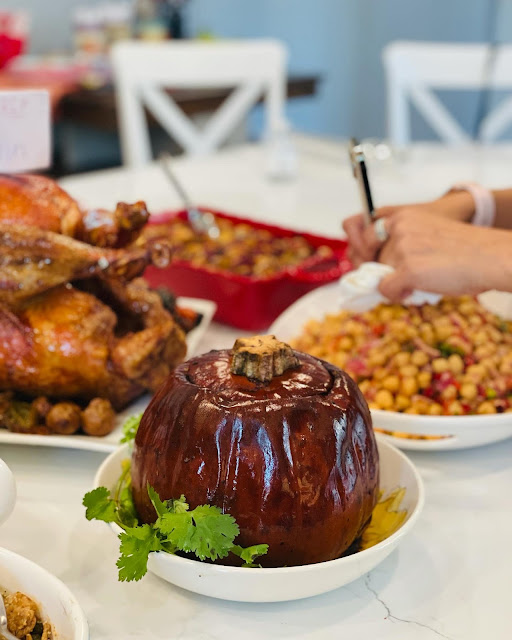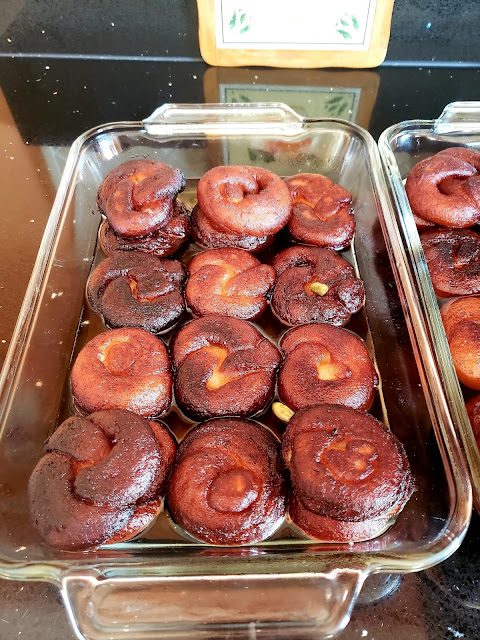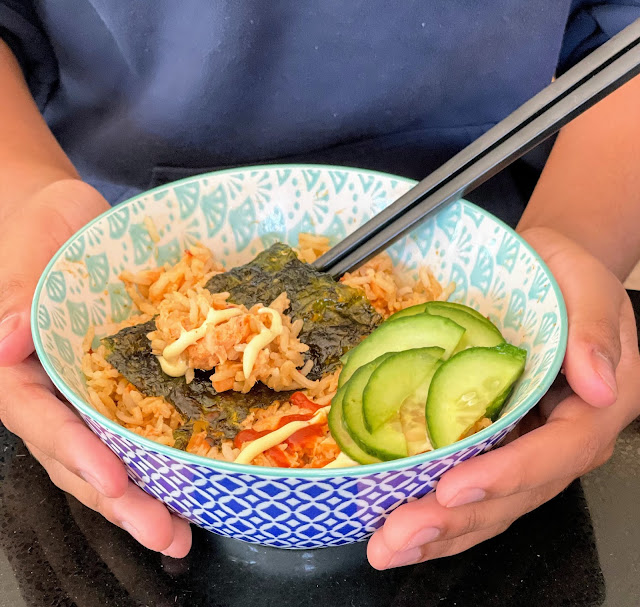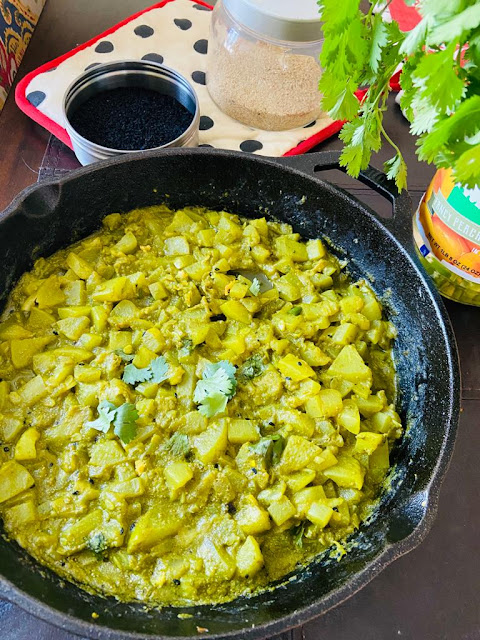It has been more than a year since my book Those Delicious Letters was published. After last October (Oct '2020) , I never got back the mojo to promote it and I didn't do anything. Really nothing. I am thankful to the many reviewers who reviewed it on their blog, Instagram, media et. I am sorry I was not able to reply to many of them or thank them for their kindness.💓
This holiday season, Dec 15th being the global publishing date (August 20th, 2020 the original date), on a whim I checked the book rating on Amazon, and guess what ?
Those Delicious Letters - Amazon.in -- The darn book has a rating of 4.3 with effing 241 reviews, 97% of which is organic. I am a chhota mota author and that is a lot of reviews for me!! Yes, 3% of the initial reviews are from friends and few readers, whom I had coerced to write one 😝, soon after the book was out. But rest all were folks who read it without me forcing them to 😍
Those Delicious Letters - Amazon.com -- 4.4 with 177 reviews
Those Delicious letters - Goodreads - Goodreads rates it at 3.88 with 225 ratings and 83 reviews !!
Of all the reviews, the one most precious is a review written by my Baba. I am not sure if he read the book in its entirety, we did not have any discussions over the content or the plot line. The book was not in one of the genres he would read. The font was not big enough and though my mother mentioned that he sat around with it in the month of last September, I doubt that it held his interest. It was my Mother who actually read the book as I would have expected her to.
But that is not important. What is important is Baba was very excited about the book and would religiously tune in to all the lives I did as part of book promo last August-September. He shared all my book posts on his own FB wall (something I was very embarrassed about at that point). He was excited about the web series offer asking details that even I had not asked my publishers.
And then he wrote a review on Amazon.in. I DID NOT ask him to write it just because I thought it would be difficult for him to post a review on a platform other than Facebook! He didn't even tell me that he had posted a review. But there I found it one fine day much later. Notice how he has put in a sales pitch about discounted price and no delivery fee 😂😂
My Baba was not a foodie at all. He had no love for food unless it was a Bengali mishti. He did not like cooking and found the whole process highly over-rated. Many a times when we would urge him to learn some cooking, he would say he could make tea, buy his mishti from stores and put together a Doodh-Pauruti-Gur for dinner, that is all that was needed for him to survive!!
When I got an offer for my first book from Harper Collins, he was happy but could not fathom how "me" of all people could write a cookbook. "Tui physics ar engineering pore ranna r boi likhbi keno bujchi na" !! Maybe he was worried about the kind of recipes I would unleash on the world. Or "Ranna r Boi" was not a thing he felt was worth writing, though once the book was out he championed it the most.
So anyway, I had really wanted to write a novel which was not a "ranna r boi", a cookbook, and show it to him. I don't know why as a 40+ woman, I felt like I had to prove my literary merits to him but I am so very thankful that I could do that and he could be a part of the book even if for a short time.
Thanks to all who read it, enjoyed it, loved it and shared your stories with me. I am so glad that I could spread a little happiness and cheer through my books.





